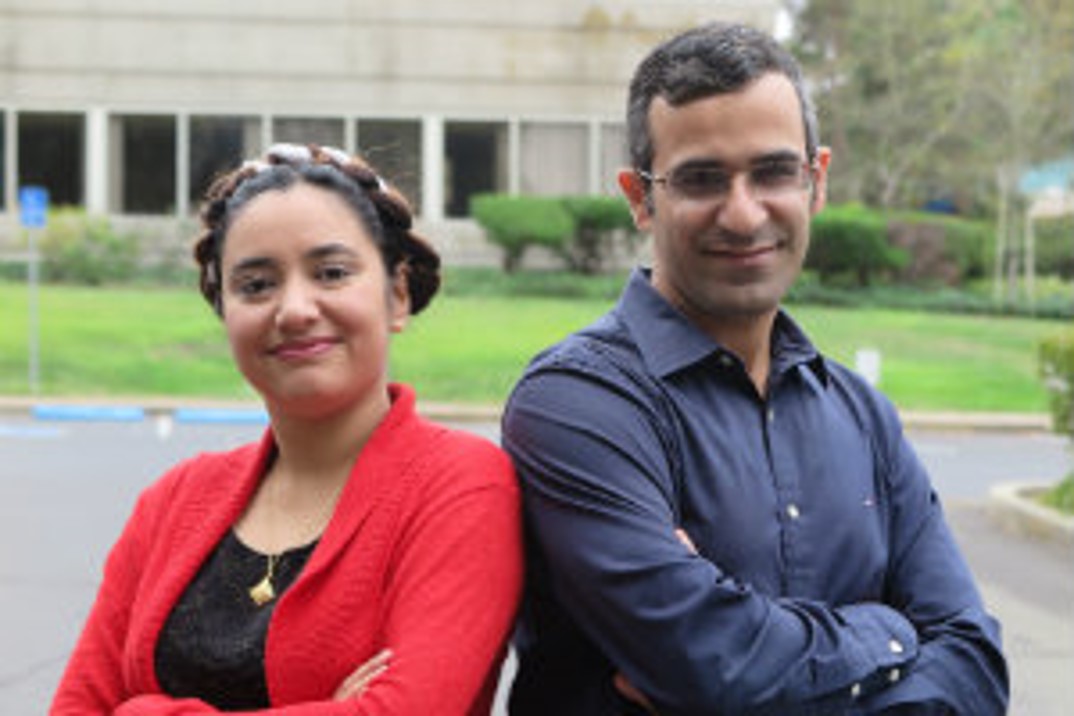Corrosion and wear are two major problems with manufacturing metals. The impacts of corrosion costs industry around $2.5T. Current solutions, such as hexavalent chromium and cadmium, are ineffective and dangerous. Creating a better solution for corrosion can protect the environment. A durable corrosion resistant coating can address all the issues enable the future. This is what Mehdi Kargar, CEO of Maxterials, is solving.
What problem are you solving?
The industry at large is dealing with the problem of wear and corrosion. Maxterial is making a longer lasting corrosion and wear-resistant coating, which is also not toxic (compared to the coatings used today – Hexavalent Chromium, Cyanide, and Cadmium). We started Maxterial to address these problems that we’ve known about for years. We have built our coating technology to provide a response to such a future need.
Our first product, MaxShield technology, is a coating that tolerates high temperatures, extreme corrosion, and wear. The advantage is that it can be applied to low-cost materials, such as steel, resulting in performance equivalent to expensive alloys. MaxShield was certified to be free of all substances of high concerns based REACH. The other technology in our pipeline is a corrosion-resistant coating for replacing Cadmium in electric connectors.
How have you thought about impact/impact metrics?
There are a few ways we are thinking about impact.
One aspect is getting rid of current toxic chemicals. It’s a very difficult one to get rid of these chemicals, like Hexavalent Chromium, Cyanide, and Cadmium. By eliminating the use of these toxic chemicals, we also have an impact on the safety of the workers in the production facility.
Maxterial also plays a role in reducing carbon footprint. We allow for materials, like steel, to last longer. This influences how often materials need to be replaced. For example, when we compare corrosion resistance between carbon steel coated with Maxterial’s product to carbon steel coated in chromium, our coatings extend the lifetime of the carbon steel by at least 40x. When you put chromium on carbon steel and leave it in a salt chamber, it corrodes after 400 hours, compared to Maxterial, where you will not see any corrosion after 5,000 hours of usage. Additionally, if aluminum is properly protected against corrosion and wear, it might be able to replace plastics already used in marine applications.
Maxterial also has an impact on cost. Superalloys, for example Hastelloy is expensive. Rather than making an entire part from these alloys, we can make the object from cheap materials, such as steel, and coat it with a microscopic tin coating. This way, we can reduce the cost of materials by 6-10X.
How does your coating compare to your competition?
The primary way Maxterial competes with current toxic chemicals is that we don’t have regulatory issues. A globally well-known firm has recently tested our coatings per REACH standards. The reports certified that our coatings are free from substances of high concern.
Our technology outperforms all competitors in corrosion protection, performance, and cost. Our product not only outperforms other solutions in corrosion and cost, but it can also operate at high temperatures and harsher environments.
What will drive the growth of non-toxic coatings?
One thing is certain, these toxic chemicals need to be eliminated from the market. Government and regulation will likely be the driver here. Regulatory bodies are calling to eliminate hexavalent chromium from the market by 2024. Regulation, along with price point will accelerate the adoption of toxic-free chemical coatings. Furthermore, future technologies such as 5G+, low-cost space systems and many other technologies, require access to low-cost yet high performance materials.
Outlook
Toxic-free coatings will continue to grow, from different coatings to different use cases. Maxterial’s coating technology can enable cheaper, safer and lighter materials for extreme environments. Such a technology can indirectly reduce the carbon footprint in multiple ways. The direct environmental impact Maxterial can have is by extending the lifetime of materials, in addition to improving the lives of laborers/manufacturers.
About The Author

Daniel currently works at Lawrence Livermore National Laboratory. His original assignment was to maintain and update facility safety documentation for all facilities on-site, and perform risk analysis. Over time, his role has expanded to leading continuous improvement efforts through product management.
Concurrently, Daniel volunteers with Techstars, helping organize startup weekends, and with the American Institute of Chemical Engineers, organizing events on the local and national levels of the organization. He also volunteers with One World, and previously with Powerhouse Ventures, to source and screen startups for potential investment.
Daniel holds a BS in Chemical Engineering from UC Davis, and recently completed coursework in energy innovation from Stanford. His passion is at the intersection of sustainability, innovation, and business.

